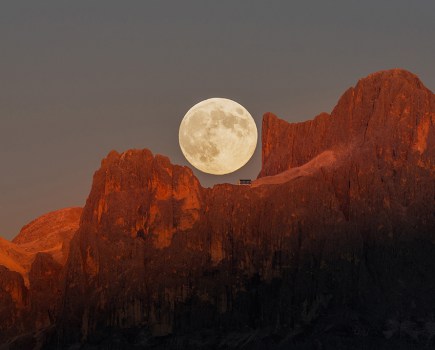A wedding is under way – the bride and groom are standing under a colourful arch of flowers, lightly touching heads; the aisle is lined with candles; and rings are about to be exchanged. Somewhere from the back of the church a photographer shouts out, ‘Stop, can we do that again please, I missed the shot.’ Despite appearances this is not a real wedding – it’s a carefully staged event designed to help photographers hone their skills. ‘It’s like shooting a real wedding, but without the pressure,’ laughs Tiffany Tangen, events manager at Wex Photo Video. ‘We have a bride and a groom, but we can say “Stop, bring it back; this is where you need to take your shot.”’
Wex Photo Video is one of a number of companies to see the commercial potential in hosting one-day events, seminars and workshops. By laying on fake weddings, portraiture sessions, and lighting masterclasses, for example, photographers can experiment with techniques and equipment, which ultimately encourages them to invest more time and money in their hobby. Prices for these events can range from £0-£100 or more, so it’s important to be well prepared for the experience. Prior to booking, some photographers might be concerned that their technical knowledge will let them down, or that they will come home with the same images as everyone else, but this doesn’t have to be the case. To alleviate these concerns, I spoke to three leaders in the photo events industry.
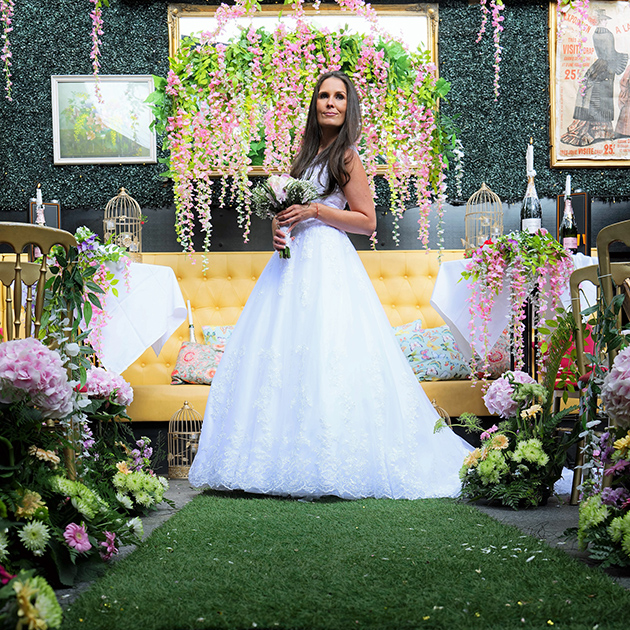
Attending a mock wedding is a great way to hone your skills. Credit: Gary Duncan
Neil Cave runs TimeLine Events, which brings heritage and photography together to recreate scenes from past eras. Neil has been taking pictures since the age of six, and has worked in the photography industry for more than 20 years, so he should know a thing or two about what makes photographers tick! As a train enthusiast, the first event he organised took place at a steam railway in Devon in 1997, but since then he has branched out to cover everything from boats and aviation to re-enactments and wildlife. (Some of TimeLine’s more unusual events include Victorians & steam punk, camel racing, and portraiture in a pumping station!)
One of the company’s most popular events is held in Lincolnshire, where participants get the chance to shoot a Lancaster bomber, from all angles, with its Merlin engines running. The event is attended by a cast of RAF Bomber Command re-enactors who are happy to load bombs and trolleys onto the plane to maximise picture potential. Re-enactors are crucial to TimeLine’s success. ‘We liaise with groups of re-enactors across the whole country,’ explains Neil. ‘We try to give people the opportunity to get photographs of people, events and locations that they wouldn’t normally be able to get on their own.’
But with 100 or so people attending an event such as this, how can Neil be sure that every photographer goes home with something unique to them? ‘We try to encourage people to try out different positions and angles,’ he explains, ‘but nowadays so much of it comes down to post-production that no one is really going to end up with the same photograph. The guys who think outside of the box will always get something different.’

TimeLine Events uses re-enactors to add authenticity to heritage events. Credit: Andy Westlake
Producing unique images
The desire to produce unique images is something Tiffany is also aware of, which is why Wex Photo Video ensures that there are plenty of opportunities to play around with equipment and different set-ups. ‘You can ask us to move things and change stuff around,’ she reveals. ‘There’s plenty of time to experiment.’ While some photographers may feel confident requesting props be changed or asking models to move, others may lack the confidence or technical know-how to produce the image they have in their mind’s eye. This is when one-to-one attention is vital. ‘Currently our photo days and experiences are designed for six to 12 students, depending on the type of course,’ reveals Ian Savage, head of retail and academy training at Jessops. ‘By keeping the groups small we can ensure that everyone gets the special attention they need.’
Jessops has plenty of people on hand offering technical assistance during its events, which include workshops for photographers looking to ‘break free from the chains of Auto mode’ and Orca safari experiences. ‘Our events are focused on the attendees and what they want to get out of them,’ says Ian. ‘A huge part of the experience is dedicated to technical assistance, and we offer feedback on all images to encourage more accomplished photographers to challenge themselves.’
For Neil at TimeLine Events, however, the focus is on the experience delivered by a heritage day rather than dedicated one-to-one training. ‘Obviously there are people on hand to help you set up your camera and choose what settings to use for particular events or themes, but we are offering experience days rather than training days,’ he advises. ‘We do offer camera training days though.’

Gaining access to subjects and views that are normally out of bounds is rewarding. Credit: Michael Topham
What makes them special
While most group sizes are relatively modest, some TimeLine and Wex events can be attended by as many as 100 people. ‘Places on our boat trips are restricted because of insurance,’ says Neil, ‘but some of the aircraft events can attract up to 100 people. You have to bear in mind that if you’re photographing a bunch of airplanes then you’re going to be spread across a huge area, so it never feels like there’s that many people there.’ One of the reasons Wex events are so well attended is the company’s ability to attract big-name photographers such as Martin Parr, Rory Lewis and Peter Dench. ‘We’ve been very lucky,’ says Tiffany. ‘We’ve started running Legends events where photographers come and talk about their careers and the equipment they use, and we’ve made these free so that people who wouldn’t normally get a chance to meet such high-calibre artists can learn from them.’
Photographers of all levels are welcomed by Tiffany, Neil and Ian. ‘We held one event where there were 12 people and they varied from never having touched a camera to a fully fledged pro,’ Tiffany reveals. ‘On our workshops we tend to keep group sizes quite small (8-12 participants), so it’s never been a problem. We have enough staff and professional photographers on hand to pay attention where it’s needed.’ Neil concurs. ‘We welcome photographers of all levels and styles. Our events are geared towards giving you a day that you will remember for years to come.’ Finally, Ian utilises the knowledge and experience his staff have garnered from years working on the shop floor. ‘Our team understands different cameras across the board and can tailor help and advice for students depending on which brand they’re using,’ he assures.
With so much knowledge, enthusiasm, and attention to detail in evidence, it’s clear that signing up for a photo event will result in a grand day out.
Tips for making the most of your day

Credit: Michael Topham
Express individuality
If you find yourself in a line of photographers all hankering after the same photograph, use it as an opportunity to try something new. Experiment with different angles, lenses and techniques until you find something that is completely unique to you.
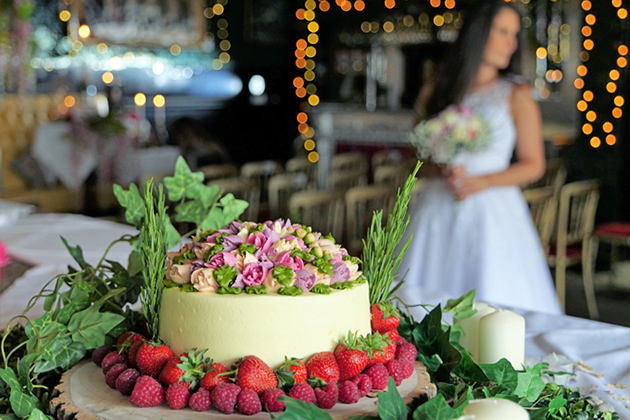
Credit: Gary Duncan
Speak up
If a prop isn’t in the right place for the image you had in your mind’s eye, ask to move it. Similarly, if a model isn’t in a pose that works for you, ask if they can adjust their position. Be aware of the needs of others, but don’t be afraid to speak up!
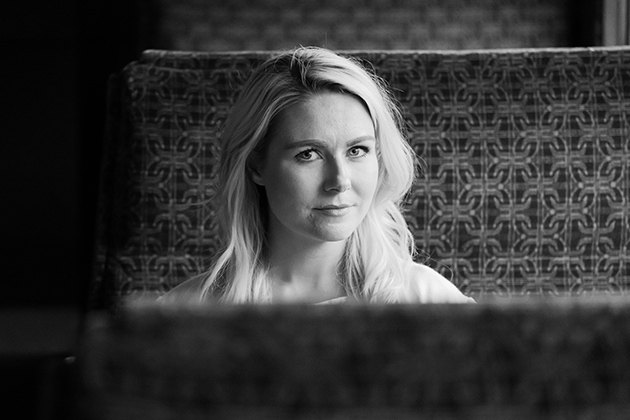
Credit: Andy Westlake
Don’t get frustrated
There may be times when you are working in areas with certain restrictions, or when members of the group prevent you from taking a picture in some way. Try not to get too frustrated – demonstrate your superior skills by thinking outside the box.
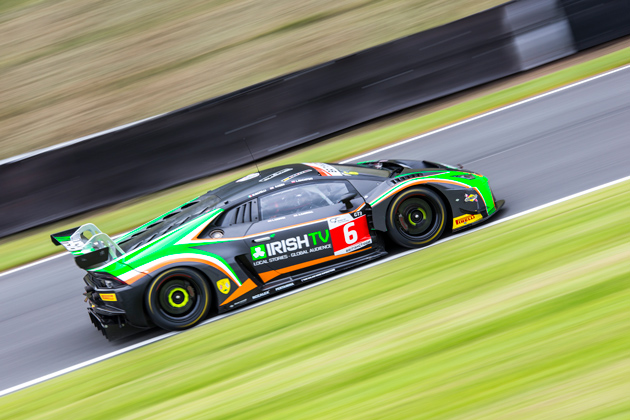
Credit: Paw Photography
Try something new
If you always shoot weddings, try steam punk; if you tend to gravitate towards wildlife, try motorsports. We all have preferred genres, but stepping outside of our comfort zone occasionally can lead to refreshing, and pleasantly surprising, results.
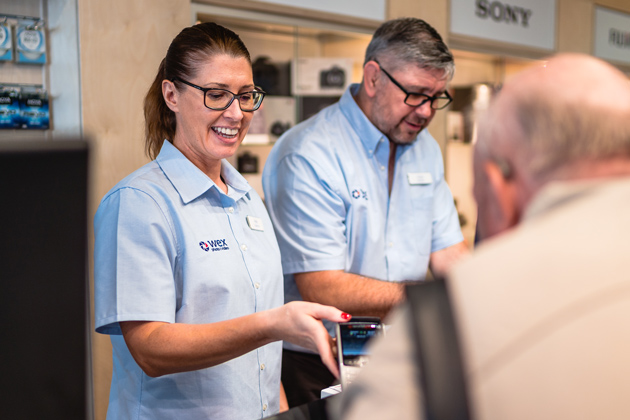
Credit: Wex Photo Video
Ask for help
If you think you might benefit from some one-to-one tuition, enquire about group sizes and be prepared to pay a little more for someone’s undivided attention. However, don’t be put off by a lack of technical knowledge; help is always on hand.
Kit list
- Waterproof cover Photo events and workshops tend to go ahead unless the weather takes a seriously bad turn. Make sure you’re well prepared by packing a rain cover in your backpack for your gear, and you have waterproof clothing for yourself.
- Rucksack You might be expected to cover a fair amount of ground, so load your gear into a backpack and only bring what you need. You should be sent a list of required kit prior to the event, so stick to it as much as you can.
- Memory cards Carry plenty of empty memory cards. If your camera has a dual-card slot, consider saving raw files to one card and JPEGs to the other. Once a card is full, you can secure its contents by carefully sliding the little tab down on the side.
- Walking boots Be prepared to walk a fair distance to find fresh viewpoints. Wear shoes that are comfortable and appropriate for the location – if you’re shooting at an airfield or railway, for example, open-toed sandals are ill-advised.
- Batteries If you’re using live view, shooting video or firing off multiple frames a second, your battery is likely to drain quickly. Conserve power by storing full batteries in a pocket close to your body, keeping Playback to a minimum, and turning off Wi-Fi.

Whether you have a passion for wildlife, weddings, aviation or trains, there is a photo event for you. Credit: Michael Topham





